the dumbest theory of everything
post by lostinwilliamsburg · 2025-02-13T07:57:38.842Z · LW · GW · 0 commentsContents
No comments
which is maybe to say the simplest?
abstract: in this short introductory paper, i present a not fake theory of everything. i start by extending christopher alexander’s definition of life as a status and attribute. i then posit that life is the physical interface of consciousness, referencing giulio tononi’s informational theory of consciousness and modeling consciousness as a system that integrates information. i describe life as a function of ross ashby’s law of requisite variety and conclude by rigorizing god as the highest geometric point within a context window. in doing so, i provide scale-free symbol grounded definitions of consciousness, life and god that (a) require no scientific, philosophical or religious priors, (b) explain what’s working, not working and why across across systems of all organizational scales including activities of daily living and (c) does not ask the reader to make any fantastical or non observable conceptual leaps.
this theory of everything is a theory of everything, on the grounds that the idea of a theory of everything is unproductively excluding. perhaps poetically, the main idea in our theory of everything is that life is a function of law of requisite variety; when things are not adequately inclusive things are limited in their ability to produce life. the idea of a theory of everything as a concept lacks the general variety to produce the amount of life that one would expect out of such a grand concept like a theory of everything.
if we increase the variety of a theory of everything it’s not unreasonable to see that a theory of everything should account for all of the messiness and practicalities of everyday life. if we further unbuckle the straps, we see theory of everything’s everywhere. the physics unified field equation theory of everything is a theory of everything within a context window, no different than a constitution or a company pursuing artificial general intelligence is an applied theory of everything within a context window. the magna carta (1215), the declaration of independence (1776), the universal declaration of human rights (1948) — perhaps some of our most important theories of everythings.
the aim of our theory of everything is to offer a theory of everything that’s maximally inclusive; not to just answer being, existence, reality, and so forth but to set the broadest and most rigorous context window for the purpose of articulating a structure of collective sense-making. said differently, our theory of everything is a human coordination theory of everything by means of accounting.
‘we solve big problems by coordinating activities. conflicts between efforts cause friction and loss. coordination aligns activities and reduces conflicts. we give accounts to explain activities in terms of the collective. as the collective matures, its internal accounts become more systematic, increasing transparency and reliability. mathematical fields can be seen as crystallized accounting systems. arithmetic deals with the flow of quantities (finance). differential equations model dynamics (engineering). probability distributions handle likelihoods (game theory). calculus focuses on rates of change. topology examines space properties (network theory). the aim is to find a language and logic for the shape of collective sense-making, focusing on construction principles that lend themselves to decentralization, large scale coordination and true aligned accounting.’ — inspired/abridged by david spivak applied category theory; towards a hard science of interdisciplinarity.
-------
the fictional character in this image is biologically alive…
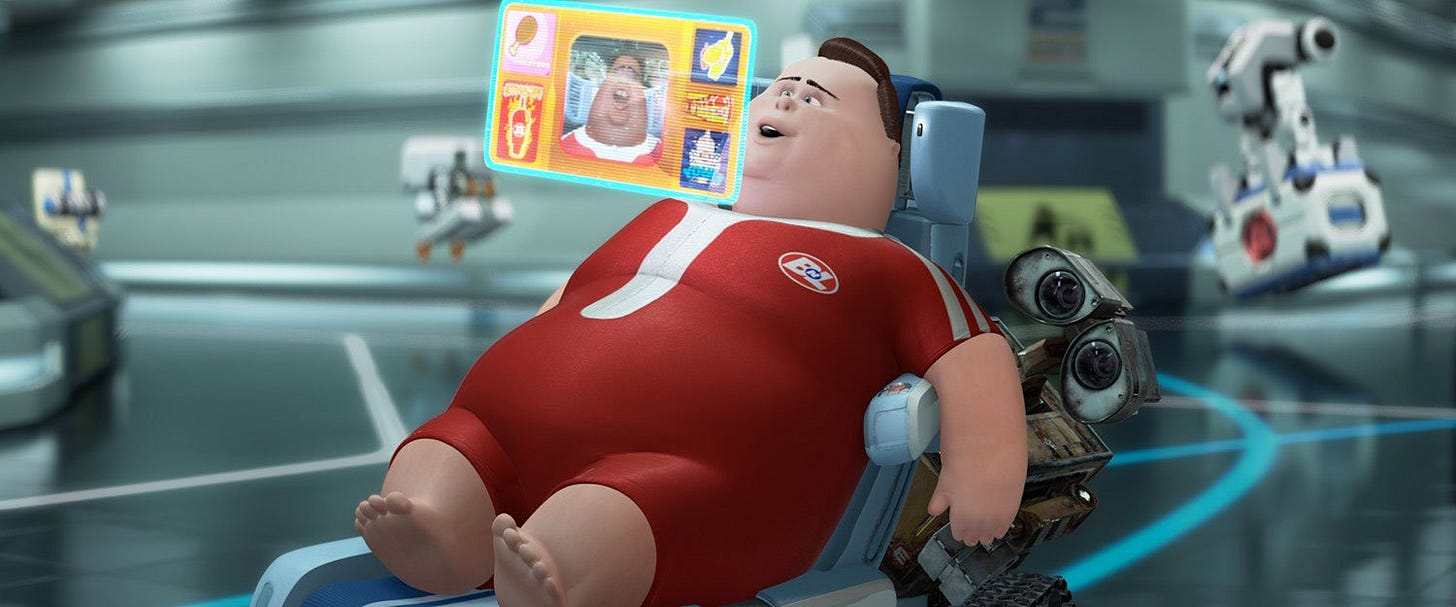
but he feels dead. the cultural term to describe him would be a ‘zombie.’ he’s biologically alive, but not full of life. this image, which consists of information that is not integrated, is lifeless. he’s doomscrollingish, the peak of information disintegrated (try it and observe how you feel; dead).
if he’s biologically alive but he’s also dead, then life is both a biological status and an attribute.
if this seems like a crazy claim, notice that we use this all the time in everyday language. samo burja’s live players framework is an example. some general sentences
- "this party is so lively, it's buzzing with energy."
- "her speech breathed life into the entire room."
- "the city feels so alive at night with all the lights and sounds."
- "that movie brought the story to life in such a vivid way."
- "this garden feels lifeless without the flowers in bloom."
with this observation we dampen the ‘what is the meaning of life’ question by showing that life is a meaning — life is an attribute. the occam's razor idea is that life is real.
‘it is undeniable – at least as far as our feeling is concerned, that a ... breaking wave feels as if it has more life as a system of water than an industrial pool stinking with chemicals. so does the ripple of a tranquil pond. a fire, which is not organically alive, feels alive. and a blazing bonfire may feel more alive than a smoldering ember.’ — christopher alexander
‘... we recognize degrees of life, or degrees of health, in different ecological systems ... one forest more tranquil, more vigorous, more alive, than another dying forest ... life occurs most deeply when things are simply going well, when we are having a good time, or when we are experiencing joy or sorrow – when we experience the real...in historic times, and in many primitive cultures, it was commonplace for people to understand that different places in the world had different degrees of life or spirit. for example, in tribal african societies and among california indians or australian aborigines, it was common to recognize a distinction between one tree and other, one rock and another, recognizing that even though all rocks have their life, still, this rock has more life, or more spirit; or this place has a special significance.’ — christopher alexander
‘... the ‘life’ which i am talking about also includes the living essence of ordinary events in our everyday worlds ... a back-street japanese restaurant ... an italian town square ...an amusement park ... a bunch of cushions thrown into a corner window-seat ... this quality includes an overall sense of functional liberation and free inner spirit. above all it makes us feel alive when we experience it....it is undeniable – at least as far as our feeling is concerned, that a ... breaking wave feels as if it has more life as a system of water than an industrial pool stinking with chemicals. so does the ripple of a tranquil pond. a fire, which is not organically alive, feels alive. and a blazing bonfire may feel more alive than a smoldering ember.’’ — christopher alexander
in contrast to our wall-e fictional character, this guy is full of life as an attribute and is biologically living as a status.9

the pup is integrated with his environment, the wall-e character is subjugated by it.
the power of this environment strips away basic human rights. unlike the dog, the wall-e character lacks the mechanisms for expression and movement; running, or engaging in playful or childlike movements. he may be legally permitted, but the environment makes this socially unacceptable or "illegal" in practice. we observe that in our current environment objects create environments that normalize behavior. (e.g. it’s socially illegal to start singing in a restaurant or partake in many of the physical movements a dog is afforded on a beach or somehow ethically wrong to eat expensive chocolate while drinking coca-cola, and just as wrong to listen to popular music on headphones during a beautiful snowfall*). (the last two examples are not mine, but i cannot find the reference.)
the garden is information that’s been integrated. the stone was crafted by man. over time, nature did its thing — a vine is grown, rocks acquire streaks, fade or darken or get mossy — and integrated the information (the stone wall and it’s environment).
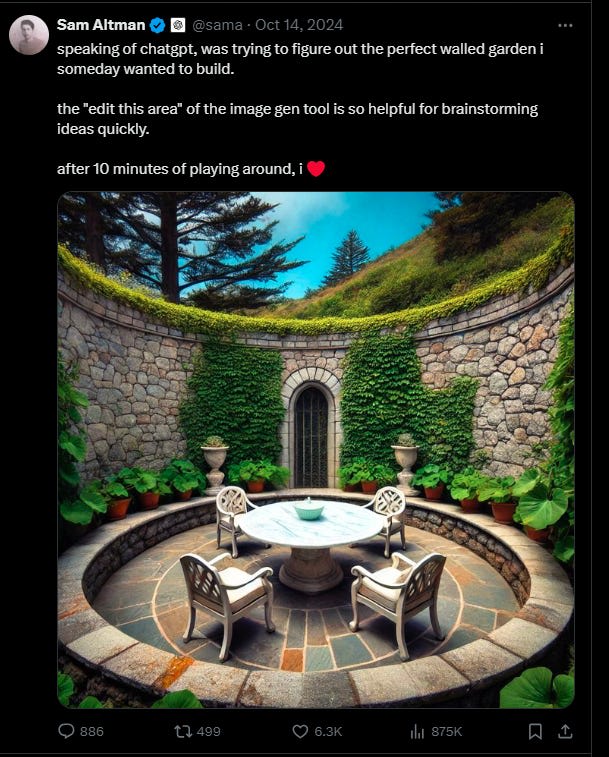
the nature doing it’s thing symbol grounds consciousness; a general system that integrates information. the unviewable force behind the fitting (information integration) that creates life.
giulio tononi’s information integration theory of consciousness is what we use and it posits that consciousness arises from the integration of information within a system, where the various components interact in a coherent, meaningful way. according to this theory, consciousness is not merely a byproduct of individual information pieces, but rather the result of how information is harmoniously integrated and organized within a given structure. this integration creates a unified experience, where disparate elements come together to form a holistic understanding or awareness. the more effectively information is integrated, the higher the degree of consciousness that emerges, as it enables a system to function in a more organized and purposeful manner.
life, as both a status and attribute, is the physical14 interface of consciousness.
another example. the perfect grass field photo below is full of life. all information is integrated.

if we zoom out of the above photo below, we see less life because the information is simply not integrated (it feels dead!)

if you take the perfect grass field and place the electric pole with a bunch of wires15 in it, the information is not integrated; there is less life because it does not fit. if something does not work, it’s because it fails to produce life, because it lacks the requisite variety of integrators to integrate information.
(ashby’s law of requisite variety states that for a system to be stable, the variety in the controller must match or exceed the variety present in the system it seeks to manage. variety refers to the number of possible states a system can take, meaning that the complexity of the controller must be sufficient to handle the complexity of the environment. a mismatch in complexity leads to ineffective regulation or instability.)
what we know is that over time however, via consciousness, the information gets integrated naturally into it’s environment. the tower becomes rusty, vines grow, wires fall, etc. like sam altman’s dream garden.
the photo below contains information that was man made that has been integrated fully.
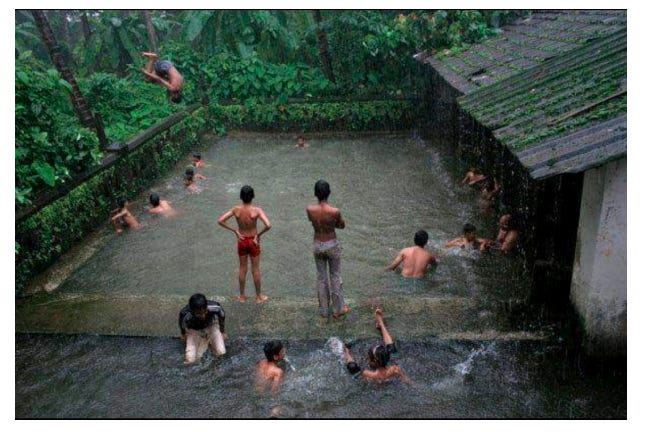
in contrast, this photo represents information that has not been integrated.
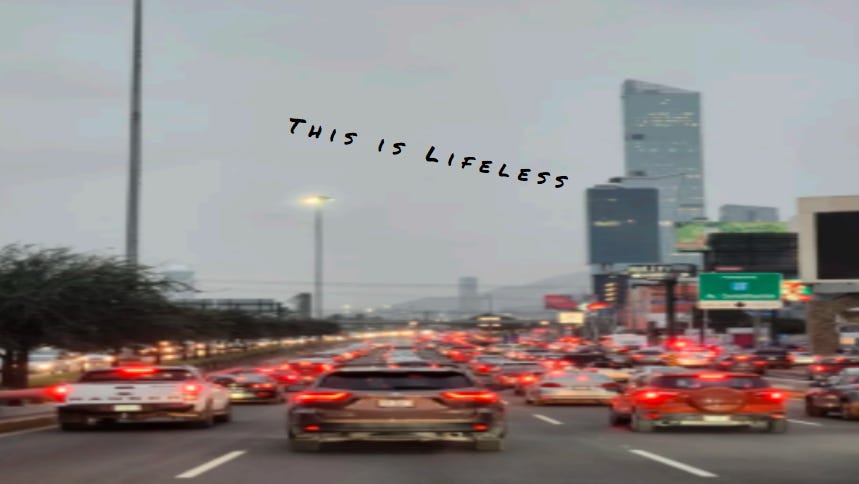
when we model consciousness as information integration and the physical interface of consciousness as life, we can then provide a flat hierarchy for modeling all sorts of phenomena/objects within a small language. the internet, for instance, can create or reduce life through its ability to connect people, but the general units of distraction lead to a degree of missing integration. alcohol can be modeled as information distortion, which allows for a more pronounced presentation of other information that is integrated. one of the deepest spiritual practices you can engage in is being a good host, because the degrees of information integration are so strong. authenticity is a word for real is a word for information integrated. coordination is information integration. a zombie is a cultural word to describe a human with information that is not integrated. a soul is a holistic model of a person under a context window that focuses on the information at deeper levels of integrated. meditation is about integrating information. hell is a state of complete information disintegration, care is the act of taking the time to integrate information. design is about integrating information to complete a job to be done. translation occurs when two different context windows can integrate, a theory of everything is a theory of integrating all information, art is a function in which you have produced something that has deeply integrated with some context window (typically yourself or your environment). a community is a group of people whose information has been integrated the more so the stronger the community. love is a fundamental degree of information integrated, resonance is a function of the kind and degree of information integration and flow state is the increasing function of the mutual information (strength of the connection) between desired end states and means of attaining them. paranormal phenomena comes from different degree of information integrated
christopher alexander's observation that life is a property of the built environment was less possible to achieve in pre-industrial times because we simply did not create lifeless things in the same way. before the industrial revolution, most objects and structures were made by hand and were inherently tied to human life and activity. the distinction between living and non-living elements was not as pronounced, as the things we created were more organic and interconnected with their surroundings. it wasn't until mass production and mechanization emerged that we began to produce objects and environments that felt disconnected from human presence, making alexander's concept more relevant in the context of modern design.
the minimal definition of god18 is the highest geometric point within a context window. ‘oh my god i forgot to shut off the teapot.’ the highest relative point of the largest context window is the general conceptual space for a general system that produces life. god is not present in the below or above photo because their is no life19.
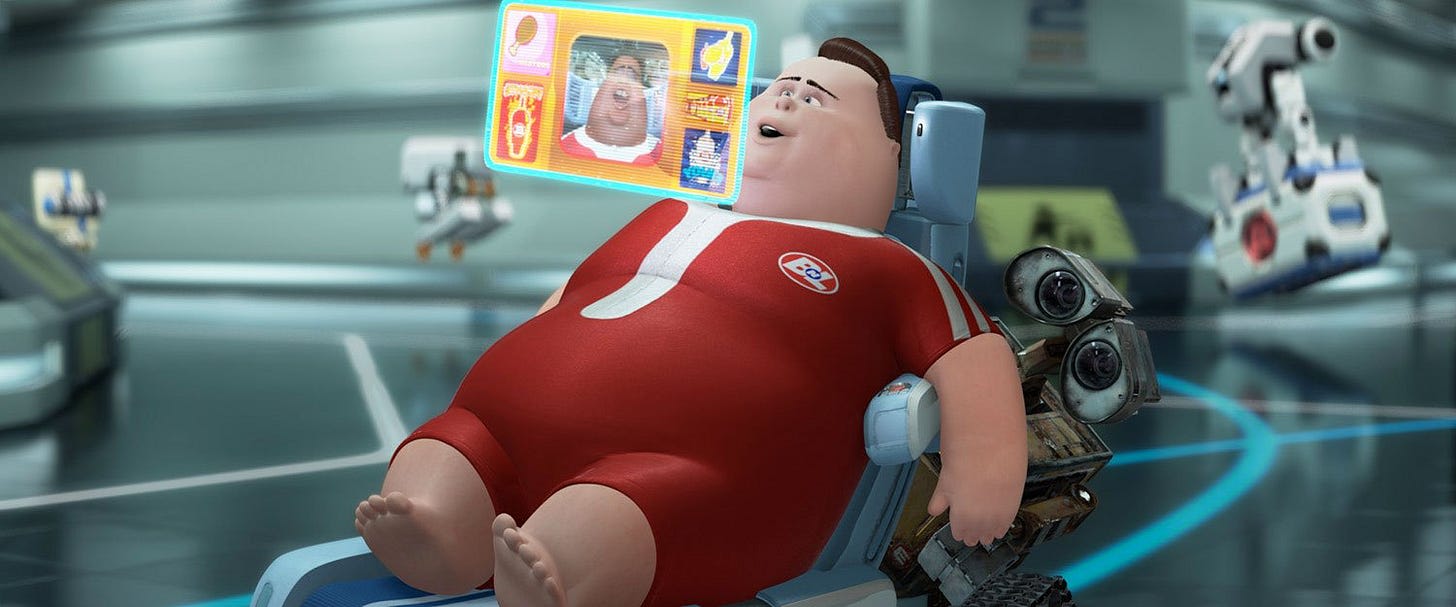
in summary, (1) god is the system that produces life, (2) life is the physical interface of consciousness, (3) consciousness is the system that integrates information and (4) life is a status, attribute and subject to the law of requisite variety.
thanks for reading!
0 comments
Comments sorted by top scores.